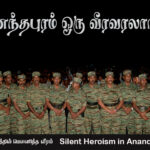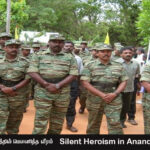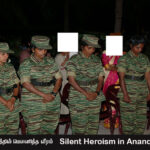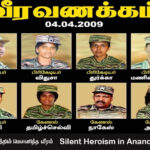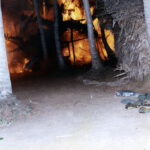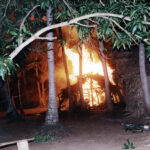

Silent Heroism in Anandapuram
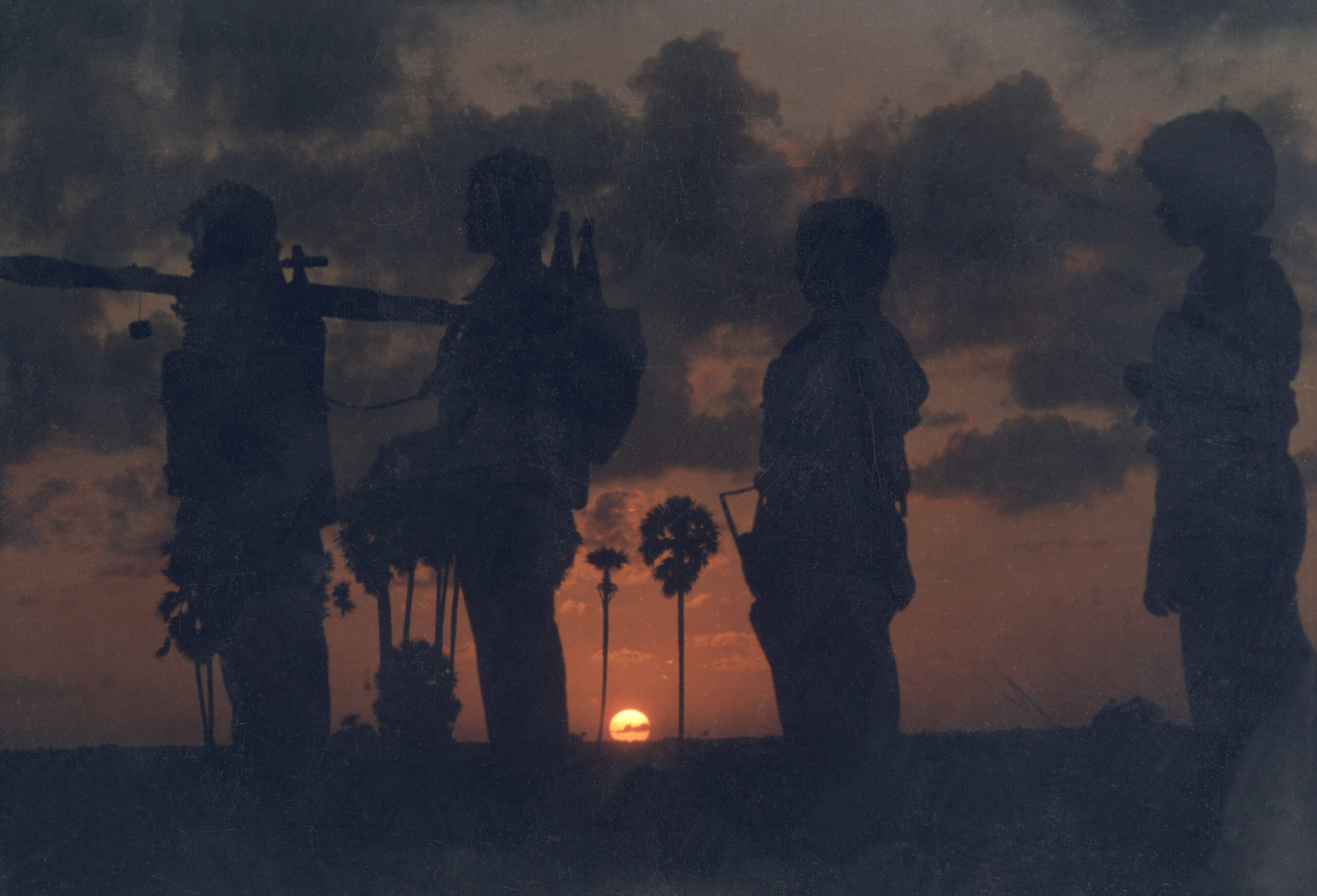
Silent Heroism in Anandapuram
The event that changed the 30 year liberation struggle – beginning in April of 2009 in Anandapuram a village in Mullaitivu District a large battle was undertaken.
In contrast to the strides taken by the LTTE – with the heavy loss in casualties – increased Sinhala troops were sent to the battlefield to continue the fighting with loss of more than thousands of SL soldiers. Simultaneously, to prevent the access of resources to the LTTE by way of sea, a “barrier wall” was erected by Sri Lanka with the support of powerful nations.
Utilizing intelligence from powerful nations and extreme force, the Sinhala Nation carried out its aggressive operation to completely destroy the Tamil homeland.
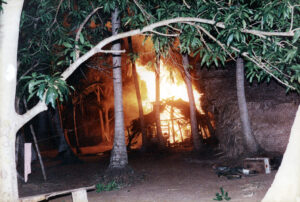 The Tamil army, which had fought with limited war furniture and manpower, had abandoned most of the Vanni mainland and retreated. However, all the people hoped that in the end, they would be able to retake the invading forces from somewhere and recapture the Tamil Eelam homeland.
The Tamil army, which had fought with limited war furniture and manpower, had abandoned most of the Vanni mainland and retreated. However, all the people hoped that in the end, they would be able to retake the invading forces from somewhere and recapture the Tamil Eelam homeland.
When the Puthukkudiyiruppu area fell to the Sri Lankan forces, the people and the LTTE fully believed in the unimaginable strength of the LTTE and hoped that they would be able to take advantage of even a small gap and win.
That is how for the safety of the people in Ananthapuram, the area was declared as a public safety zone – an emergency battle was organized by the LTTE for the final battle.
Tamil Eelam National Leader V. Prabhakaran and many important LTTE commanders set up bases and launched a large-scale counter-offensive, infiltrating the enemy and planning a multi-pronged attack.
Large numbers of LTTE cadres were stationed for the planned offensive, which included all major LTTE warships. All warships designed for long-range attack were positioned for short-range attack.
Sri Lankan troops learned of the LTTE’s plot through telecommunications and prepared to repel the attack using prohibited weapons. Accordingly, they surrounded the Anandapuram area and laid siege to the LTTE strongholds in the area. The LTTE, which had safely backed the Tamil Eelam National Leader, was fighting resolutely to break the siege of Sri Lankan forces.
Many prominent LTTE commanders including Brigadier Theepan, Brigadier Athavan/Gaddafi, Brigadier Manivannan, Brigadier Vidusa, Brigadier Thruga, 7 Brigadiers, 19 Colonels 111 Lt. Colonels, 259 Majors including 689 cadres were martyred.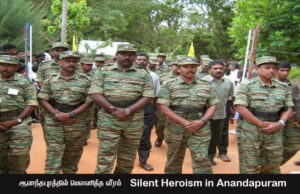
Brigadier Theepan, a senior LTTE commander, is an incomparable commander of the Tamil Eelam liberation struggle. He was a nightmare to confront for the Sri Lankan forces during the battle at Jayasikuru.
With a plan to advance from Vavuniya and link with the forces in Kilinochchi and divide the Vanni mainland, Brigadier Theepan was the commander who stopped the advanced Sri Lankan army at Puliyankulam – in 1997 – and turned Puliyankulam into a LTTE revolutionary stronghold.
Even when we surrounded Puliyankulam and cut off the supply lines, we did not give up and said, “We will cook and eat here. But never back down.” He smashed the advanced tanks and seized a troop armored vehicle.
Commander Brigadier Theepan’s tactical deployment was also prominent in Operation Unceasing Waves – 2 which followed.
The Sri Lankan military base at Kilinochchi at that time was a strong bulwark within the foremost defensive structure set up by the Sri Lankan forces to date, making it extremely safe and impossible to infiltrate and attack.
It was Commander Theepan who led the struggle to capture such a tight base.
After that he led the Tamil Army as a traditional army in broad daylight during the operation to capture the vast army during Operation Unceasing Waves – 3 and was praised by many senior commanders.
The last breath of the commander who fought resolutely till the end, knowing full well that he would have to retain the Anandapuram base or die a heroic death there, went quiet on the soil of Anandapuram. Brigadier General Athavan or Gaddafi is another key LTTE commander. Commander of the Special Operations Forces, which planned and regulated most of the black tiger attacks in the Tamil Nadu homeland against the Sri Lankan Army.
The commander, who has spent most of his life fighting for the defense of the Tamil Eelam National Leader, has been managing army training colleges and officers’ training colleges. In the war to liberate the Tamil Eelam homeland, deep-seated black tiger attacks within the enemy’s base in the Tamil Eelam homeland have often taken place under his control.
Commanding special military operations in line with modern legacy routes, the commander also oversaw the training colleges that recruited new combatants.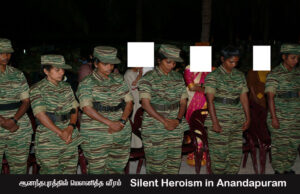
When the war in the Vanni reached its climax, the commander, who was moving troops directly from the front lines, was also wounded in the battle of Anandapuram. He later dedicated his life in the war to liberate the Tamil Eelam homeland despite the fierce efforts of the militants to remove him from the front lines.
Born in Pullumalai, Batticaloa, Colonel Nagas joined the LTTE in 1985-86. Early on he began his involvement in Lt. Col. Reagan’s team.
For more than two decades, Colonel Nages has been plaguing the domains of Tamil Eelam beyond his body. Colonel Nagesh, who lived as a noble warrior and a high commander, also became a hero on the soil of Anandapuram.
It was the motor artillery and artillery machinery that moved the LTTE’s fighting force into the next phase of evolution, as was the struggle of Brigadier Manivannan, Commander of the Artillery Brigade.
The 120mm artillery, nicknamed the “Inchinchi”, was the LTTE’s largest weapon during Operation Unceasing Wave – 1.
The initial LTTE Colonel Kittu Artillery Regiment with the 122mm artillery that was captured in Mullaitivu had grown exponentially with many more artillery purchased overseas.
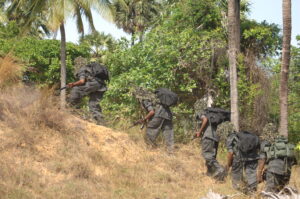 Although the regiment, which started with two artillery units, has grown to several dozen artillery units, the Commander will be proud to have used it properly and completed the Tamil Eelam struggle as a full-fledged legacy army.
Although the regiment, which started with two artillery units, has grown to several dozen artillery units, the Commander will be proud to have used it properly and completed the Tamil Eelam struggle as a full-fledged legacy army.
Although the artillery was traditionally used, the brigade used artillery to provide direct fire and to stun the enemy, as well as to protect the advancing LTTE on the ground.
Brigadier Manivannan, who formed and developed the Artillery Brigade during the war in Anandapuram, also joined the Tamil Eelam Air Force.
Brigadier Vithusa, Special Commander of 2nd Lieutenant Malathi Brigade, Special Commander, LTTE Women’s Brigade, and Durga, Special Commander, Major Soothiya Special Forces, who showed the battlefield of Tamil Eelam women to the world, led their troops directly in most of the LTTE’s battles.
These two commanders will be joined by the pride of having become the Ariyathai’s among us who we were looking for in history as they have subdued the elephant. These commanders who moved female fighters on the battlefield in the same way as male fighters gave shape to the thoughts of the Tamil Eelam National Leader. These Tamil women have become role models for women in the world.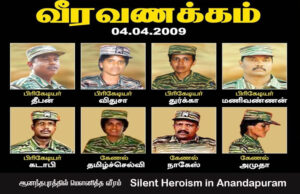
During the battle of Anandapuram, they also created a heroic epic by dedicating their lives for the liberation of Tamil Eelam as the dawn of Anandapuram.
The loss of many senior commanders, field commanders and hundreds of fighters in the battle of Anandapuram was deeply grieved by the Tamil People.
The loss of the leader and the militants who led the Tamil Eelam Liberation War has disrupted the military balance of the Tamil Eelam Liberation Struggle and caused a major setback in the hasty march for liberation along with creating a favourable outcome for the enemy.
However, we will ensure that the Tamil Eelam Liberation Struggle, which traveled on the basis of Dharma, resurrects and embarks on an innovative journey towards a new revolution.
Memory Sharing: – Venkaichelvan.
“Thirst of the Tigers is the Tamil Eelam homeland.”
![]()
